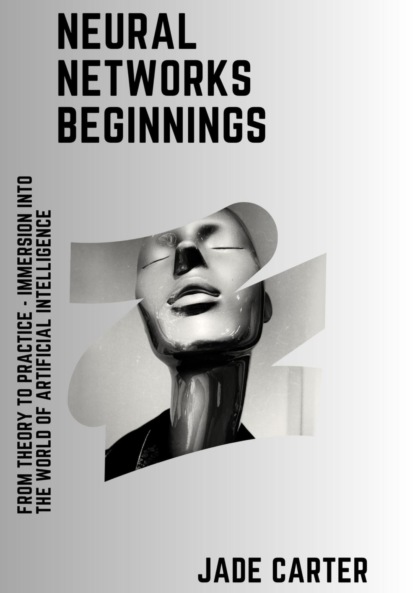#Compilation of the model
model.compile(
optimizer=keras.optimizers.Adam(learning_rate=0.001),
loss=keras.losses.CategoricalCrossentropy(),
metrics=["accuracy"],
)
#Loading audio file
audio_file = tf.io.read_file("audio.wav")
audio, _ = tf.audio.decode_wav(audio_file)
audio = tf.squeeze(audio, axis=-1)
audio = tf.cast(audio, tf.float32)
# splitting into segments
frame_length = 640
frame_step = 320
audio_length = tf.shape(audio)[0]
num_frames = tf.cast(tf.math.ceil(audio_length / frame_step), tf.int32)
padding_length = num_frames * frame_step – audio_length
audio = tf.pad(audio, [[0, padding_length]])
audio = tf.reshape(audio, [num_frames, frame_length])
#Extracting MFCC features
mfccs = tf.signal.mfccs_from_log_mel_spectrograms(
tf.math.log(tf.abs(tf.signal.stft(audio))),
audio.shape[-1],
num_mel_bins=13,
dct_coefficient_count=13,
)
# Data preparation for training
labels = ["one", "two", "three", "four", "five", "six", "seven", "eight", "nine", "zero"]
label_to_index = dict(zip(labels, range(len(labels))))
index_to_label = dict(zip(range(len(labels)), labels))
text = "one two three four five six seven eight nine zero"
target = tf.keras.preprocessing.text.one_hot(text, len(labels))
X_train = mfccs[None, …]
y_train = target[None, …]
# Training the model
history = model.fit(X_train, y_train, epochs=10)
# Making predictions
predicted_probs = model.predict(X_train)
predicted_indexes = tf.argmax(predicted_probs, axis=-1)[0]
predicted_labels = [index_to_label[i] for i in predicted_indexes]
# Outputting results
print("Predicted labels:", predicted_labels)
This code implements automatic speech recognition using a neural network based on TensorFlow and Keras. The first step is to define the neural network architecture using Keras Sequential API. In this case, a recurrent LSTM layer is used, which takes in a sequence of 13-length sound segments. Then there are several fully connected layers with a relu activation function and one output layer with a softmax activation function, which outputs probabilities for each speech class.
Next, the model is compiled using the compile method. The Adam optimizer with a learning rate of 0.001 is chosen, the loss function is categorical cross-entropy, and the classification accuracy is used as the metric.
Then a sound file in the wav format is loaded, decoded using tf.audio.decode_wav, and transformed into float32 numerical values. The file is then split into fragments of length 640 with a step of 320. If the file cannot be divided into equal fragments, padding is added.
This code implements automatic speech recognition using a neural network based on TensorFlow and Keras. The first step is to define the architecture of the neural network using the Keras Sequential API. In this case, a recurrent LSTM layer is used, which takes in a sequence of 13-length sound snippets. Then there are several fully connected layers with the relu activation function, and one output layer with the softmax activation function, which outputs probabilities for each speech class.
Next, the model is compiled using the compile method. The optimizer chosen is Adam with a learning rate of 0.001, the loss function is categorical cross-entropy, and the classification accuracy is used as the metric.
Then, a sound file in the wav format is loaded and decoded using tf.audio.decode_wav, and transformed into float32 numerical values. The file is then split into fragments of length 640 with a step of 320. If the file cannot be evenly divided into fragments, padding is added.
Next, Mel-frequency cepstral coefficients (MFCC) features are extracted from each sound fragment using the tf.signal.mfccs_from_log_mel_spectrograms function. These extracted features are used for training the model.
To train the model, the data needs to be prepared. In this case, text is used that indicates all possible classes and the corresponding label for each class. For convenience, the text is converted into one-hot encoding using the tf.keras.preprocessing.text.one_hot method. The prepared data is then passed to the model for training using the fit method.








 Рейтинг:
0
Рейтинг:
0